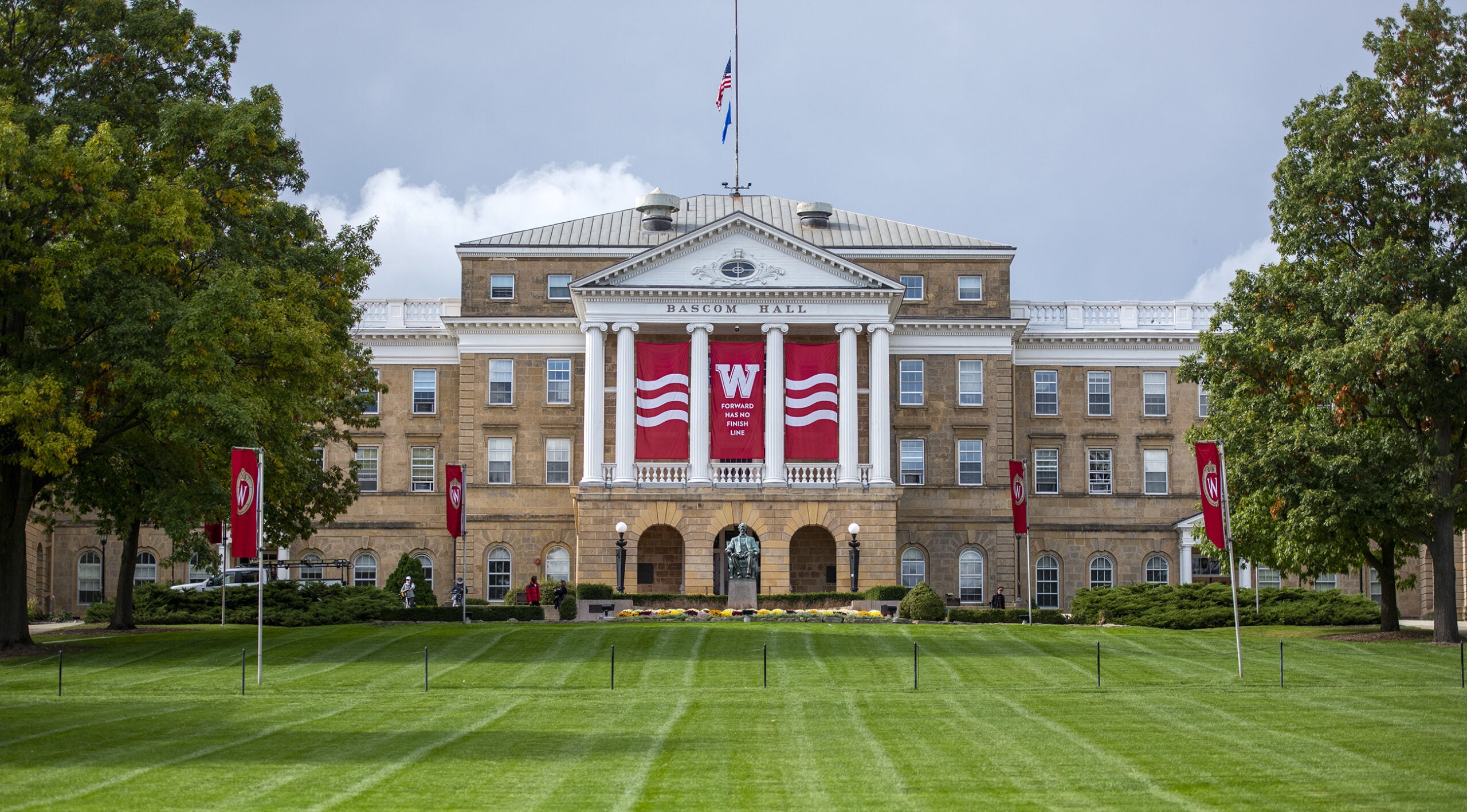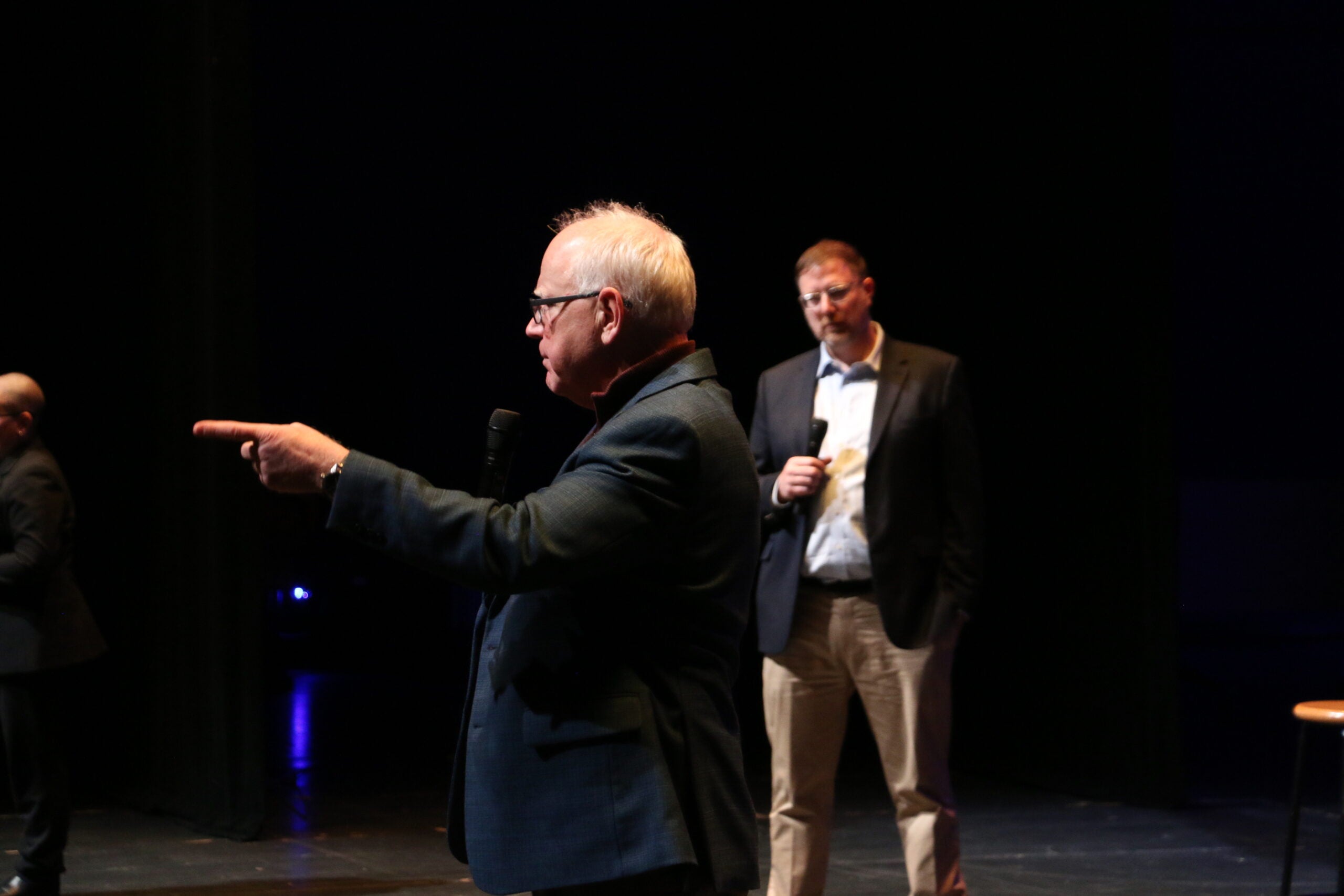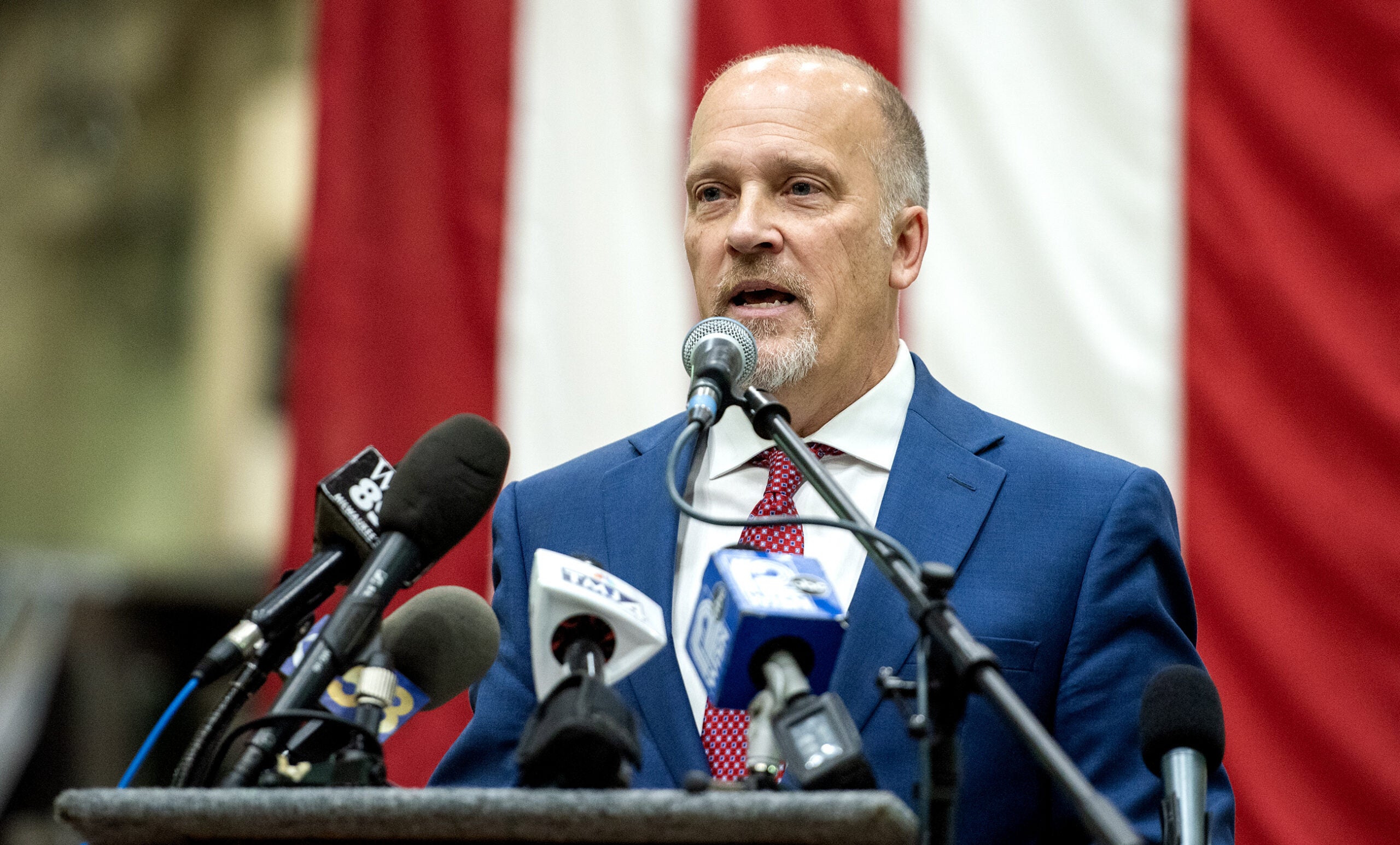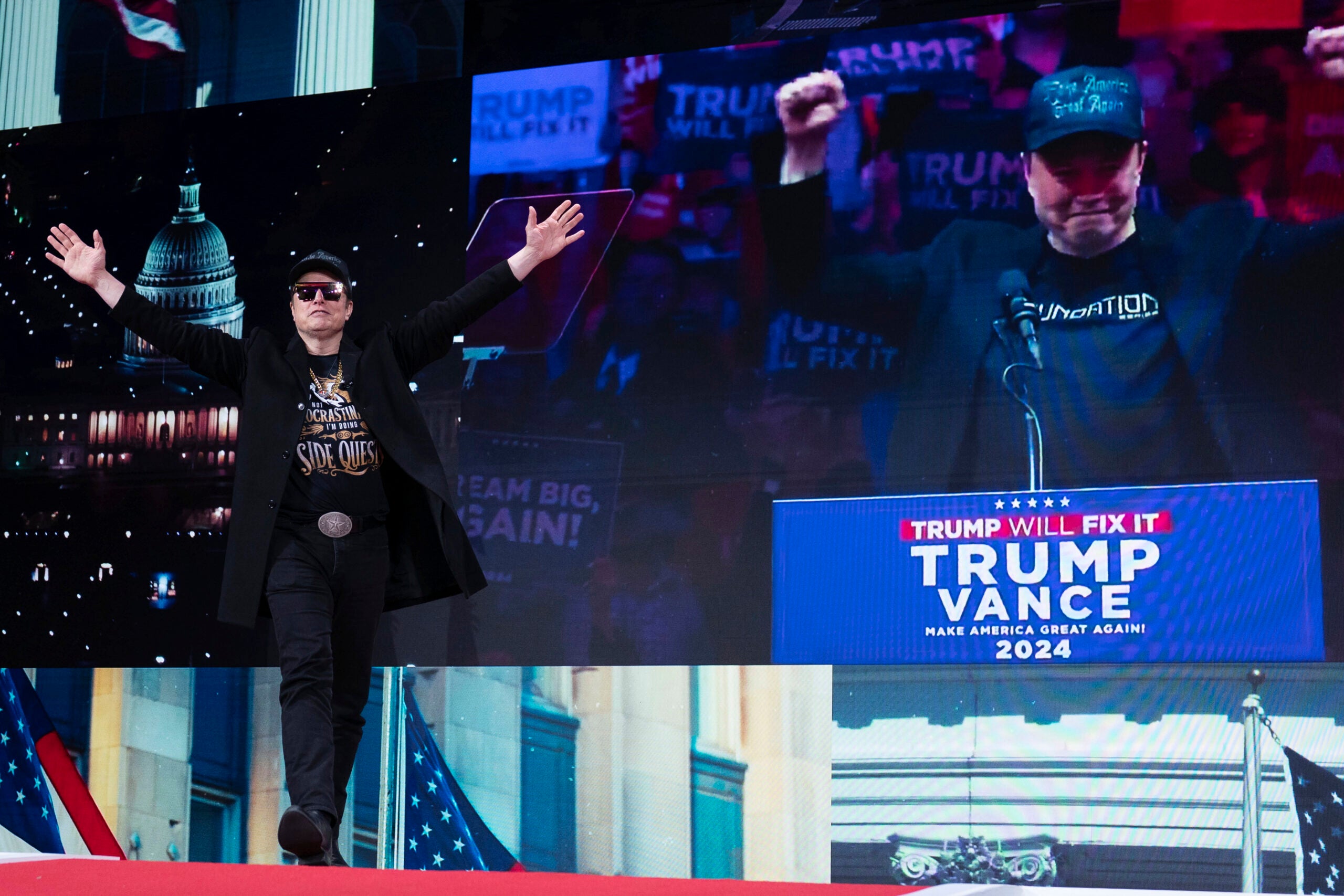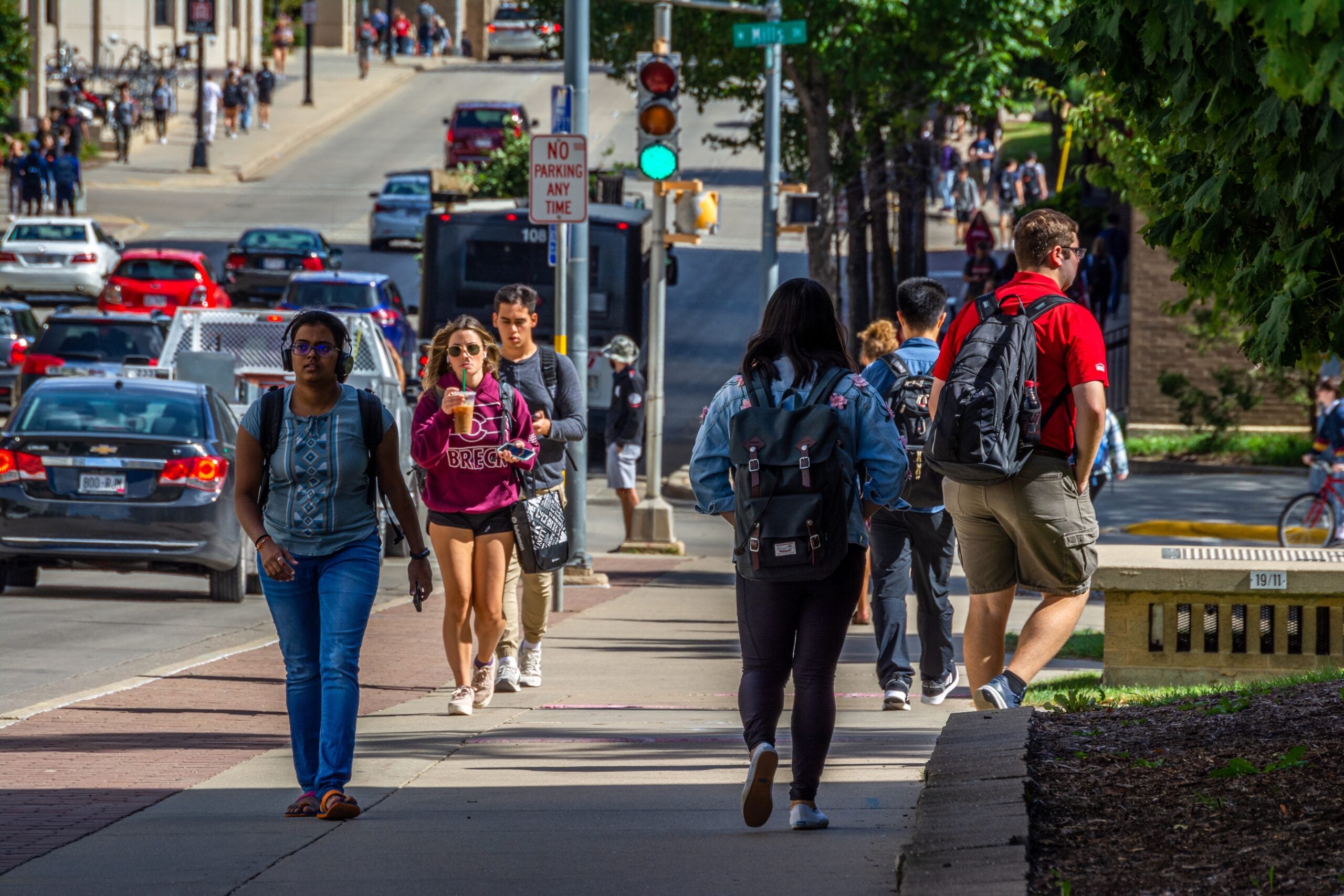Colleges and universities can no longer consider race when admitting prospective students following a 6-3 U.S. Supreme Court ruling that struck down the use of race-conscious admissions. In Wisconsin, the decision was applauded by conservative activists and left the University of Wisconsin System reviewing potential effects from the ruling.
The court ruled in favor of advocacy group Students for Fair Admissions, which sued Harvard University and the University of North Carolina for using race as one of many factors when selecting students. The group alleged the practices resulted in discrimination against Asian American applicants.
Chief Justice John Roberts wrote the court has permitted race-based college admission with narrow restrictions “such admissions programs must comply with strict scrutiny, may never use race as a stereotype or negative, and must — at some point — end.”
Stay informed on the latest news
Sign up for WPR’s email newsletter.
The decision overturned legal precedent affirming diverse student bodies on college campuses represent a “compelling state interest.”
A statement from UW-Madison Chancellor Jennifer Mnookin said the ruling “will require some modifications to aspects of our current admissions practices; we will, of course adapt our practices to comply with the law.
“At the same time, I want to reiterate that our commitment to the value of diversity within our community, including racial diversity, remains a bedrock value of the institution,” Mnookin said.
Mnookin noted that while the court’s majority ruled Harvard and UNC’s admissions practices violated the Equal Protection Clause of the Constitution’s 14th amendment, the decision also allows colleges and universities to consider an applicant’s discussion of how race affected their life as long as it’s tied to quality of character or unique ability that can benefit a university.
The conservative Wisconsin Institute for Law and Liberty, which has filed multiple lawsuits in Wisconsin and across the nation against race-based government programs or funding, lauded the ruling. WILL Deputy Counsel Dan Lennington told Wisconsin Public Radio that while UW-Madison can take stories in student essays into account during the admissions process, it cannot give weight to them based on race.
“The University of Wisconsin may not have an end run around this decision by coming up with some scheme where it takes race into account, but it does so in such a secretive way that no one can figure it out,” Lennington said. “That will still be illegal.”
In a tweet, Lennington encouraged the state Legislature to take steps to fix “numerous scholarships, grants and programs that exclude millions of Wisconsinites based on their race.” He referenced a lawsuit brought by WILL challenging a state Higher Education Aids Board grant created in the 1980s that offers funds to specific racial groups.
Assembly Speaker Robin Vos, R-Rochester, responded in his own tweet by saying Republican leadership is reviewing the Supreme Court ruling “and will introduce legislation to correct the discriminatory laws on the books and pass repeals in the fall.”
State Rep. Dave Murphy, R-Greenville, who chairs the Assembly Colleges and Universities Committee also praised the high court’s action in a statement. He said Republicans have always believed in merit.
“There will be claims that some poor and disadvantaged students will be harmed, but that is a problem we need to fix at the K-12 level, not at the university level,” Murphy said.
The ruling is expected to have the biggest impact on highly selective schools like UW-Madison. Wisconsin’s 12 other universities are largely described as “open access” institutions, which means the majority of those who apply are admitted.
A statement from UW System spokesperson Mark Pitsch said they’re reviewing the decision “to see what, if any, impact it may have” at state universities.
“Like others across the country, we will assess next steps surrounding this issue and abide by the law,” Pitsch said.
Supporters of race-conscious admissions practices contend they are the best way to boost diversity within student bodies and that there will be a decline in the number of students from underrepresented minorities on college campuses if race isn’t allowed to be considered.
Outside UW-Eau Claire’s Davies Student Center, sophomore Lydia Staebell told WPR racial disparities are still obvious on and off campus.
“I think including and taking into consideration someone’s race and ethnicity is really important because of disparities that are in our country and helping to alleviate those disparities and bridge those gaps,” she said. “I think it’s just really terrible that that’s not being taken into consideration anymore.”
Last fall, students who identified as African American made up 2.9 percent of the UW System’s population. Those identified as Hispanic represented 7.2 percent of the total, and students who identified as Asian accounted for 5.1 percent of the overall student body at all UW campuses. White students made up 72.9 percent of that total.
The number of underrepresented students at UW System schools has increased since 2007, according to UW System data.
Evan Caminker is a law professor and dean emeritus at the University of Michigan Law School. He worked as an attorney representing the school in the Grutter v. Bollinger affirmative action lawsuit that went before the U.S. Supreme Court in 2003. Justices ruled then the school’s admissions process, which favored underrepresented minority groups, did not violate the Constitution as long as other factors were considered for each applicant.
In 2006, Michigan voters approved a state constitutional amendment banning affirmative action in admissions. He said that resulted in “an immediate reduction in underrepresented minority students.”
“Before the constitutional amendment, on average, we had about 50 such students in every entering class,” Caminker said. “And after, it went down to about 30. So that’s a drop of about 40 percent. Since then, the numbers have been inching up for both the law school and the undergraduate population.”
Caminker said the university spent considerable time, energy and money to recruit students from areas with large populations of potential underrepresented students. He said many students who are rejected by selective universities may assume they’ve been passed over because of affirmative action, but it happens rarely. Caminker likens the situation to a parking lot with two open spaces designated for utility vehicles and 100 cars circling.
“And every time you pass those two spots, you say, ‘If only those weren’t set aside, I would have parked by now.’” Caminker said. “But 100 drivers are saying that and it’s true for two of them.”
Last fall, UW-Madison received 60,260 applications from prospective students and just 8,635 new first-year students were enrolled. White students made up around 60 percent of the undergraduate student body last fall. Those identifying as African American represented 2.4 percent of the total; Hispanic students accounted for around 7 percent; and those who identified as Asian represented 8.5 percent of the student body according to UW System data.
UW-Madison’s share of underrepresented students has also grown since 2007. But in her statement, Mnookin said more work is needed to improve diversity.
“Though we have seen a roughly 50 percent increase in our underrepresented undergraduate student population in the past five years, our current enrollment percentages of underrepresented students still lag behind many of our peers,” Mnookin said.
Amid the debate over the consideration of race in admissions, Republican lawmakers in Wisconsin have been pushing back against diversity efforts on UW System campuses. The state’s biennial budget, approved by the GOP controlled state Senate hours before the Supreme Court ruling’s release, includes a $32 million cut to the UW System’s budget aimed at defunding diversity, equity and inclusion offices and programs at state universities. The budget also eliminates 188 staff positions “that perform functions related to diversity, equity and inclusion.”
Wisconsin Public Radio, © Copyright 2025, Board of Regents of the University of Wisconsin System and Wisconsin Educational Communications Board.
